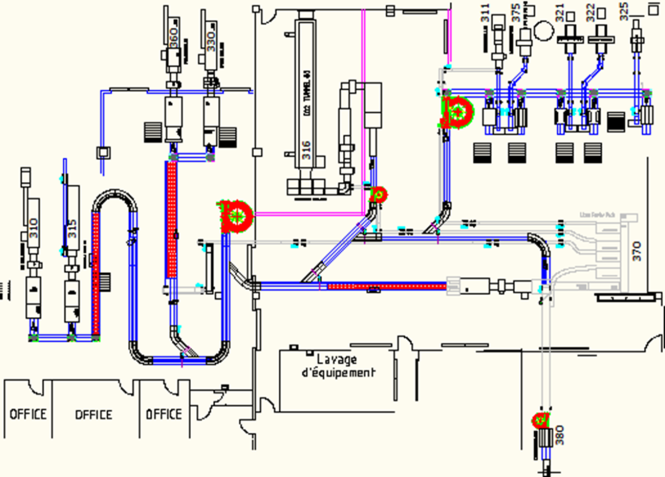A computer visionary predicted the future
- Patrick Cloutier

- Jan 8, 2020
- 4 min read
I just read a fascinating book written in 1971. Yes, that's correct, 49 years ago! It was written by John G. Kemeny which you've probably never heard of. I hadn't either until recently while watching a YouTube video about the history of modern computers. He was mentioned as the co-creator of BASIC programming language in 1964. Being the geek that I am, I looked him up and saw that he had written a book called Man and the computer which I promptly bought a copy on eBay. Before we start talking about the book, its worth noting that Kemeny also invented one of the world's first computer time-sharing systems, the Dartmouth Time-Sharing System (DTSS) in 1964. That year was pretty productive for him!
In this book, he offers his predictions about the future of computing and computers which turn out to be astonishingly visionary since most of what he sees has been implemented since. Keep in mind that in 1971, nobody had a computer in their home and game consoles weren't invented yet, not even Pong. Computers were mostly in universities and in some companies for certain specific tasks such as payroll or bookkeeping.
So, here is a sample of what he envisioned:
"If there is a task that human beings have to carry out over and over again, it may well be worthwhile instead to spend several days teaching a computer how to do it. It is also worthwhile to invest considerable effort in developing "artificial intelligence" in computers in the hope of possible future payoffs."
"I fully expect that within the next generation we will see computer memories capable of holding the contents of the largest library in the world."
"...there is very little difficulty extending the programs to a computer system which would have twenty or thirty processors."
"But the next single most important development is likely to be the effective combination of computers and the communications network."
"The next decade is likely to see the development of huge computer networks. Indeed, several modest networks are in existence today, such as the airline reservation system..."
"The full impact of modern computer will be felt by most people only when large multiprocessor computer centers are built all over the United States and tied efficiently into the existing communications network".
"For example, a large company that has branches all over the country can keep its information in the network and have access to it from any branch office."
"I see absolutely no reason why a very reliable computer terminal could not be manufactured to sell for the price of a black-and-white television set. This will be necessary if computers are to be brought into the home."
"An educational program can be inserted anywhere in the network and be easily available to 90 percent of the population by means of a local call.
And this is just in the first 67 pages of the book. He goes on about explaining:
how such a network would be built,
how computers can be used in education,
how the library of the future would function, how to address the problem of storage, how to design a search system, the problem of transmission of documents,
how computers can be used as Management Information Systems to improve processes and operations in companies, government agencies, employment services and law enforcement,
how we will be able to create computers models of complex systems in order to run simulations of what-if scenarios, (Hey, that's what I do for a living!).
how people will get a personalized online newspaper in their home,
how we will be able to check the inventory of a store item and buy it online with a credit card,
how we will do the grocery online,
how we will send mail by computer,
how children will use the computer to help with their homework,
and to play games.
And then he says: "The reader may feel that I have let my imagination run away with me, but all the applications I have mentioned are possible in principle today. Therefore, they should be perfectly practical on a large scale by 1990."
The main difference between what he saw in 1971 for the future and what happened is that he saw home computers as just terminals connected to a central computer like computers were set-up in organizations at the time. That is not exactly what happened in the decades that followed. Home computers arrived as autonomous computers in the 80s and have remained as such since. But, since the 90s, they have also been connected through the internet for information sharing so the net result of this evolution is similar to what he envisioned.
I find it fascinating that someone could have such a clear vision of the future. One of the great expectations a lot of humans had in the 70s was that we would be using flying cars by the year 2000. We’ll… that didn’t happen, but other important things did happen and John G. Kemeny saw them coming from half a century ago. If he was still alive today (he died in 1992), I would love to congratulate him and ask him what he now sees for the future.







Comments